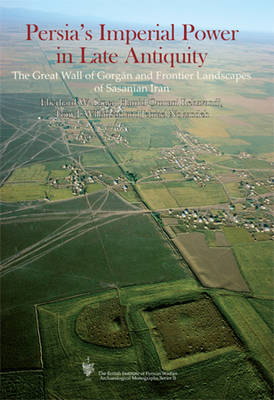The Gorgan Wall stretches for over 200km through northern Iran. Guarded by over 30 forts, it is longer than Hadrians Wall and the Antonine Wall put together and is the most monumental ancient border defence system between Central Europe and China. Yet few have heard of it. Until recently, dating proposals ranged over more than a millennium, and majority opinion attributed the wall to the Parthians (3rd century BC 3rd century AD). Scientific dating has now established that this massive monument was created in the 5th/6th century AD and belongs to one of the largest and most long-lasting empires of antiquity, that of Sasanian Persia (3rd-7th centuries AD). Stretching from modern Pakistan to Mesopotamia and into Central Asia and the Arabian Peninsula, the empire conquered in the early 7th century much of the Levant and advanced as far as the Bosporus. Investigations between 2005 and 2009 by a team of archaeologists makes clear that such expansion was made possible through one of the largest and most well organised military systems of antiquity, together with targeted investment in border defence and the empires agriculture. In the hinterland of the wall there were massive square fortifications, of some 40 ha size each, one of which has yielded traces of dense occupation, probably neat rows of army tents. The Late Sasanian era also saw the foundation of a city, more than twice the size of Roman London at its prime, demonstrating that the area was prosperous enough to sustain a sizeable urban population. Substantial manpower was required for these construction projects. Brick production for the Gorgan Wall depended on thousands of kilns that received water via major canals. The wall cut through a landscape that already a millennium earlier was heavily settled and irrigated by canals which enabled a flourishing culture to emerge in the steppe. The Gorgan Wall project has shed light on what made one of antiquitys largest empires and earlier civilisations succeed.
- ISBN10 184217519X
- ISBN13 9781842175194
- Publish Date 11 January 2013
- Publish Status Out of Print
- Out of Print 3 March 2021
- Publish Country GB
- Imprint Oxbow Books
- Format Hardcover
- Pages 800
- Language English
